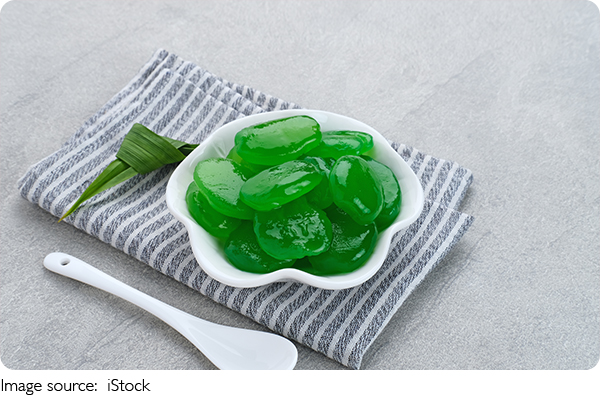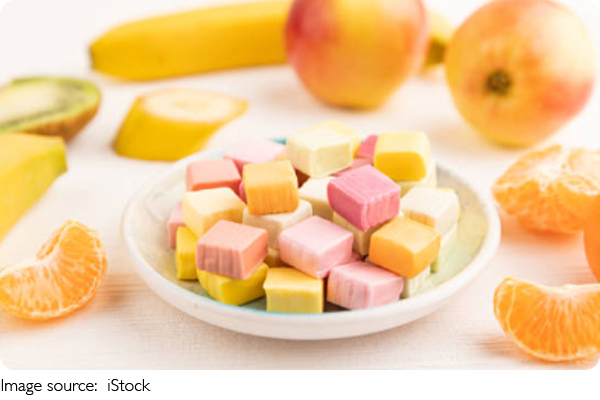Candy Craft Secrets

There's something magical about unwrapping a piece of candy you made yourself. It's not just about the sugar—it's the colors, the shine, the snap when you bite into it, or the way it melts slowly on your tongue.
Store-bought candy is convenient, sure, but homemade candy carries a kind of pride and warmth that makes it taste better.
And the truth is, making candy at home isn't as impossible as it looks—you just need a little patience and the right techniques.
Why Handmade Candy Stands Out
Homemade candy lets you control everything: sweetness, texture, flavor, and even shape. It can be soft and chewy, crisp and brittle, or smooth like a melt-in-your-mouth caramel. It's also customizable—you can shape it into hearts for Valentine's Day, lollipops for kids, or elegant golden-wrapped bites for gifts.
The process turns your kitchen into a candy shop, but with the bonus of knowing exactly what's inside.
The Basic Tools You'll Need
Before you dive in, make sure you have the right tools. Unlike baking, candy-making is less forgiving—you'll need precision.
1. A heavy-bottomed saucepan (to prevent scorching)
2. A candy thermometer (accurate temperature is key)
3. Silicone spatula (for stirring without sticking)
4. Parchment paper or silicone mats (for cooling)
5. Heatproof gloves if working with very hot sugar
These tools keep the process safe and ensure your candy has the perfect texture.
Key Ingredients for Candy
Most candies start with a simple base: sugar, water, and sometimes corn syrup. From there, you can create endless variations. For example:
• Hard candy: sugar, water, corn syrup, flavoring oils, food coloring
• Caramels: sugar, butter, cream, and vanilla
• Marshmallows: sugar, corn syrup, gelatin, vanilla, and a dusting of cornstarch
The beauty of candy-making is how the same few ingredients can transform into so many different textures just by changing cooking temperatures.
Understanding Sugar Stages
If there's one secret to making candy, it's this: temperature decides everything. Sugar syrup changes texture as it heats, and each stage creates a different kind of candy. Here are the most common stages to know:
1. Soft-ball stage (235–240°F / 113–115°C): Perfect for caramels and fudge. The syrup forms a soft ball when dropped in cold water.
2. Firm-ball stage (245–250°F / 118–121°C): Used for nougat or marshmallows. The syrup makes a firm ball in water but still bends.
3. Hard-ball stage (250–265°F / 121–129°C): Great for toffee or marshmallow centers. The syrup forms a rigid ball.
4. Soft-break stage (270–290°F / 132–143°C): Used for butterscotch. The syrup bends slightly before snapping.
5. Hard-break stage (300–310°F / 149–154°C): For lollipops and glassy hard candies. It breaks cleanly when cooled.
Once you know these stages, you can create almost any candy at home.
Step-by-Step: Making Classic Hard Candy
1. Combine 2 cups sugar, ¾ cup water, and ⅔ cup corn syrup in a saucepan.
2. Heat gently, stirring until the sugar dissolves.
3. Attach a candy thermometer and let it boil without stirring until it reaches the hard-break stage.
4. Remove from heat and quickly stir in your choice of flavoring oil and a few drops of food coloring.
5. Pour onto a parchment-lined baking sheet or into molds. Let it cool completely before breaking into pieces.
This simple recipe gives you the freedom to create dozens of flavors—from bright lemon drops to fiery cinnamon disks.
Tips for Success
• Always use a thermometer—guessing leads to sticky or burnt candy.
• Don't stir once the syrup starts boiling, or sugar crystals may form.
• Work quickly when pouring; sugar hardens fast.
• Store candy in airtight containers to keep it from absorbing moisture.
Creative Candy Ideas
Handmade candy doesn't have to be ordinary. Here are a few creative ideas:
1. Swirl two colors together for a marble effect.
2. Add edible glitter for sparkle.
3. Infuse flavors like lavender or orange zest for a gourmet twist.
4. Shape candy into lollipops using molds and sticks.
5. Dip homemade caramels into melted chocolate for extra indulgence.
Each little detail makes your candy more personal and unique.
When Candy Becomes a Gift
One of the joys of candy-making is sharing. A box of glossy caramels wrapped in wax paper or a jar of colorful hard candies feels more thoughtful than anything store-bought. People know you spent time—not just money—on them. It's a gift that feels nostalgic and handmade, carrying a piece of your kitchen to theirs.

A Sweet Final Thought
Candy-making may feel intimidating at first, but once you understand sugar stages and practice a little, it becomes second nature. More than just a sweet bite, it's about slowing down and creating something with your own hands. Next time you crave something special, skip the store aisle and try making a batch yourself.
Who knows—you might just discover your new favorite hobby, one sugar swirl at a time.

 · Food Team
· Food Team